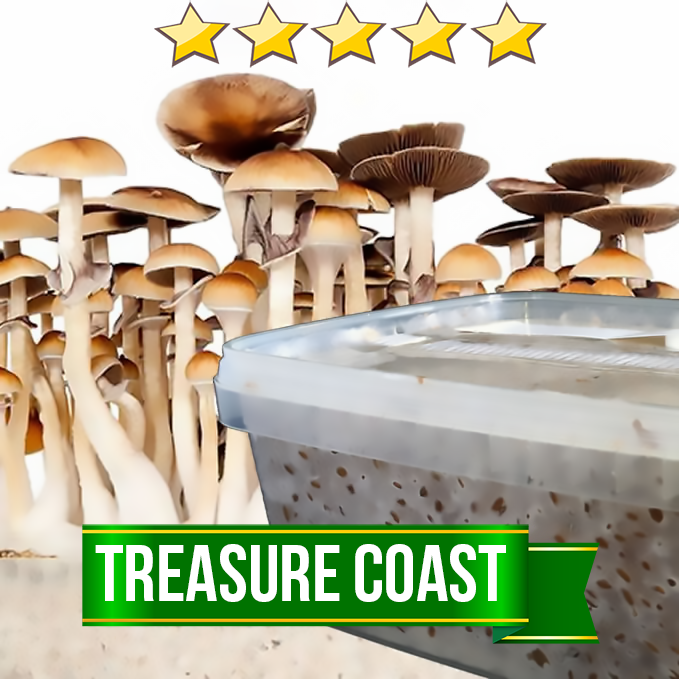Introduction:
Magic mushrooms, scientifically acknowledged as psilocybin mushrooms, have a prosperous and assorted cultural heritage that spans centuries. These enigmatic fungi have performed a sizeable position in the rituals, spirituality, and creative expression of different civilizations around the entire world. In this post, we will delve into the cultural and historical perspectives bordering magic mushrooms, inspecting their use, influence, and importance in unique societies.
Ancient Use and Shamanic Procedures:
The use of magic mushrooms can be traced again hundreds of a long time, with proof suggesting their presence in many historical cultures. One particular of the most well-documented scenarios is the use of psilocybin mushrooms by indigenous tribes in Mesoamerica. The Aztecs, for instance, referred to these mushrooms as “teonanácatl,” translating to “flesh of the gods.” Shamans in these cultures consumed magic mushrooms during spiritual ceremonies to induce altered states of consciousness, believing that it facilitated interaction with the divine.
In look at this site , indigenous tribes in Africa, these as the Bwiti in Gabon, have a extensive historical past of incorporating hallucinogenic mushrooms into their spiritual practices. The mushrooms are believed to join the user with ancestral spirits, featuring advice and insight. These methods spotlight the integral position magic mushrooms played in historical shamanic traditions, serving as a software for transcendent encounters and spiritual exploration.
Magic Mushrooms in Western Lifestyle:
In the twentieth century, the Western earth witnessed a resurgence of desire in magic mushrooms, mostly due to the impact of counterculture movements. Throughout the nineteen fifties and 1960s, researchers like R. Gordon Wasson and Timothy Leary explored the psychedelic properties of psilocybin mushrooms, contributing to their greater acceptance among the the typical public. Leary, in unique, advocated for the therapeutic probable of these substances, believing they could guide to profound individual and spiritual development.
The nineteen sixties also saw the common leisure use of magic mushrooms, as they became synonymous with the psychedelic revolution. Even so, this cultural movement at some point led to a backlash, with lots of governments banning the use of psychedelic substances. Irrespective of legal restrictions, fascination in magic mushrooms persisted, and modern day investigation has revisited their prospective therapeutic added benefits, specially in the treatment method of mental overall health issues.
Modern Investigation and Therapeutic Prospective:
In new years, there has been a resurgence of scientific desire in the therapeutic possible of magic mushrooms. Scientific experiments have explored the efficacy of psilocybin in treating situations such as depression, stress, and post-traumatic stress ailment (PTSD). The benefits have been promising, indicating that thoroughly guided and supervised psychedelic activities could have profound and long lasting good consequences on psychological overall health.
The resurgence of desire in the therapeutic use of magic mushrooms has led to a reconsideration of their cultural and historic importance. Scientists are now drawing connections involving historical shamanic techniques and present day psychedelic-assisted therapy, suggesting a likely continuity in the human use of these substances for non secular and psychological exploration.
Authorized and Ethical Concerns:
Despite the escalating entire body of proof supporting the therapeutic benefits of magic mushrooms, authorized and ethical issues continue to be important hurdles. Numerous countries classify psilocybin mushrooms as managed substances, restricting their use and exploration. On the other hand, a change in attitudes is occurring, with some jurisdictions decriminalizing or legalizing the leisure and therapeutic use of these mushrooms.
The ethical proportions of utilizing magic mushrooms in a therapeutic context also increase concerns about safety, consent, and cultural sensitivity. Researchers and policymakers will have to navigate these complexities to assure liable and equitable accessibility to the likely rewards of these substances.
Conclusion:
Magic mushrooms have woven a fascinating tapestry all over human record, connecting historic shamanic practices with modern day scientific study. From their part in indigenous rituals to the counterculture movements of the 20th century and the resurgence of therapeutic exploration nowadays, magic mushrooms keep on to captivate and obstacle our understanding of consciousness and spirituality.
As we navigate the cultural and historic perspectives on magic mushrooms, it is critical to solution their use with respect for numerous traditions, a determination to ethical things to consider, and an openness to the opportunity therapeutic positive aspects they may possibly give. The ongoing dialogue concerning ancient knowledge and modern day science guarantees a further comprehension of these enigmatic fungi and their place in the tapestry of human knowledge.
